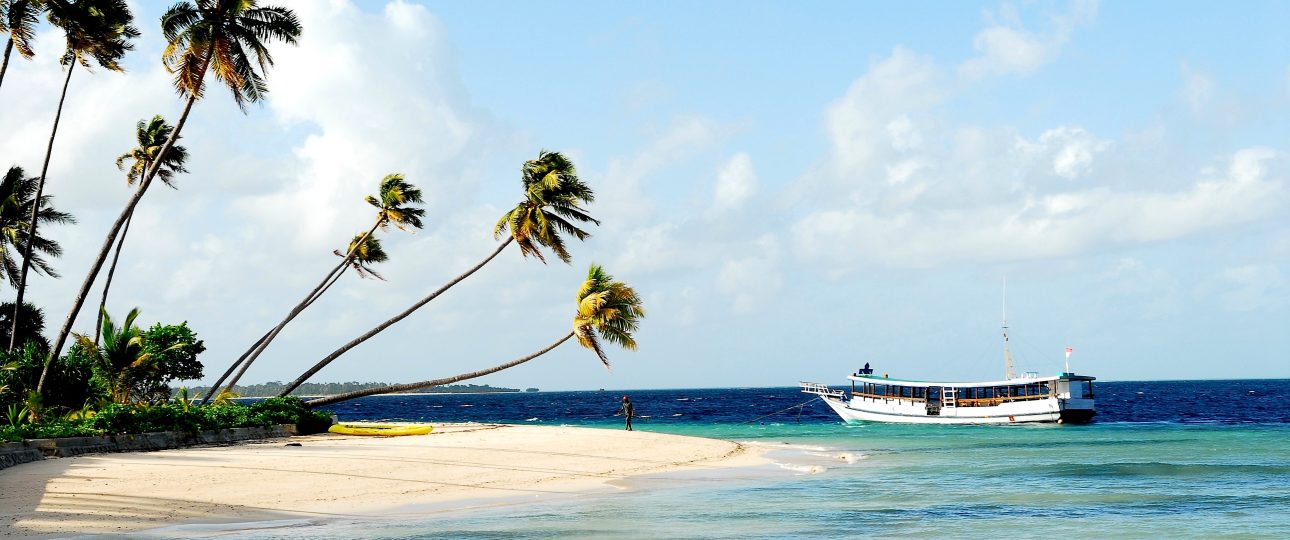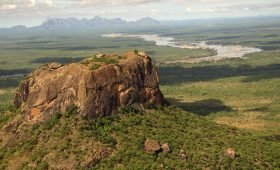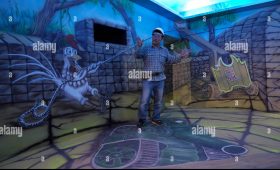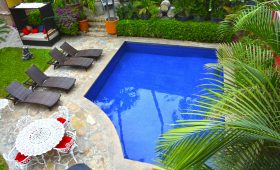Introduction
Welcome to this guide on Wakatobi National Park, a remarkable marine sanctuary in Indonesia. As an experienced traveler, I have had the privilege of exploring diverse destinations, and Wakatobi stands out for its vibrant marine life and cultural richness. This guide aims to provide you with essential information to plan your visit to this unique part of the world.
Location and Overview
Wakatobi National Park is situated in Southeast Sulawesi, Indonesia, between the Banda Sea and the Flores Sea. The park encompasses four main islands: Wangi-Wangi, Kaledupa, Tomia, and Binongko, along with numerous smaller islands. It is the third largest marine park in Indonesia, covering 1.4 million hectares, with 900,000 hectares dedicated to tropical coral reefs. The park is renowned for its biodiversity, hosting 942 fish species and 750 coral species, making it a significant part of the Asia-Pacific World Coral Triangle.
Getting There
Reaching Wakatobi National Park requires some planning. The most convenient way is to fly into Matahora Airport on Wangi-Wangi Island. Flights are available from major Indonesian cities like Jakarta and Makassar. From the airport, local transportation can be arranged to reach your accommodation on the islands.
Best Time to Visit
The ideal time to explore Wakatobi National Park is during the dry season, from April to October. This period offers sunny weather and excellent water visibility, perfect for diving and snorkeling. To avoid the peak tourist season, consider visiting in April, May, September, or October for a quieter experience.
Exploring the Park
Diving and Snorkeling
Wakatobi is a paradise for divers and snorkelers, offering some of the world’s most impressive underwater landscapes. The park’s coral reefs are home to a vast array of marine life, including dolphins, turtles, and even whales. Whether you’re a novice or an experienced diver, there are sites suitable for all skill levels.
Island Hopping
Exploring the islands within Wakatobi is a rewarding experience. Each island has its distinct character, from the lush forests of Wangi-Wangi to the serene beaches of Tomia. Hiring a local guide or joining a tour can enhance your island-hopping adventure, providing insights into the local culture and natural beauty.
Cultural Immersion
Wakatobi offers a chance to engage with the local culture, particularly the Bajau communities known for their seafaring traditions. Visiting local villages provides an opportunity to learn about their way of life and witness traditional ceremonies. However, it’s important to be respectful and mindful of the impact of tourism on these communities.
Accommodation Options
Wakatobi offers a range of accommodations, from budget-friendly guesthouses to eco-friendly resorts. Here are some options:
- Resort A: Located on Wangi-Wangi Island, this resort offers ocean views and easy access to dive sites.
- Guesthouse B: Situated on Kaledupa Island, this guesthouse provides a cozy stay for budget-conscious travelers.
- Resort C: Found on Tomia Island, this eco-friendly resort is ideal for those seeking a sustainable experience.
Summary of Facts
- Location: Southeast Sulawesi, Indonesia
- Main Islands: Wangi-Wangi, Kaledupa, Tomia, Binongko
- Highlights: Diverse marine life, extensive coral reefs, cultural richness
- Best Time to Visit: April to October (dry season)
- Activities: Diving, snorkeling, island hopping, cultural immersion
- Accommodation Options: Resort A, Guesthouse B, Resort C




